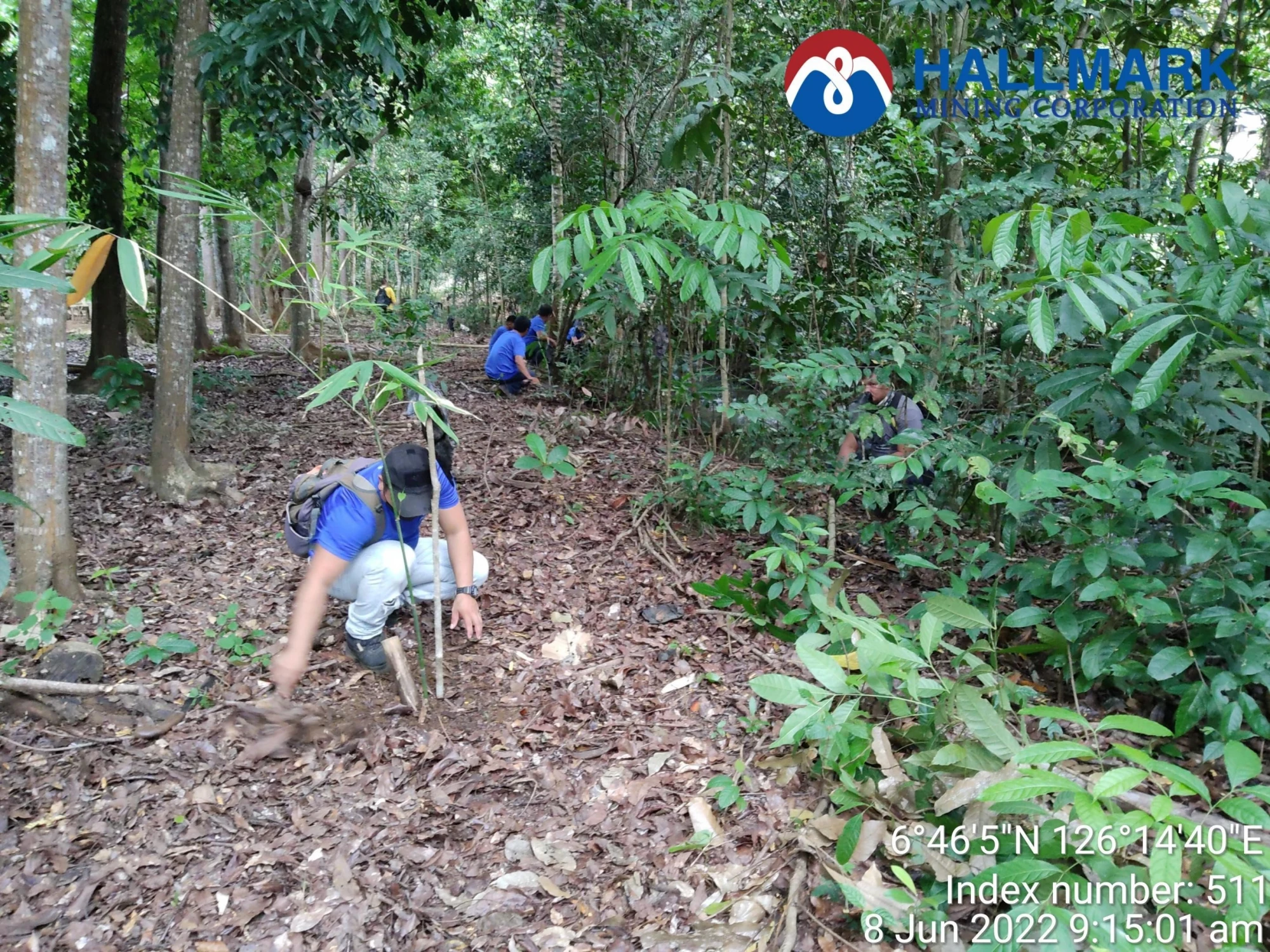Maintaining Sustainable Nickel Mining Beyond A Mine’s Life

The quest for nickel sustainability beyond the life of nickel mining is an integral component of the new mining regime. The nickel mining process is already frought with challenges both natural and man-made. There are questions and concerns with regard to community and environmental impact, global nickel demands, and even concerns with regard to future young professionals eager to make careers in the mining and exploration industry. And these are concerns that a nickel mining company face during actual mining operations.
Addressing uncertainties on land-use transition, unemployment, and community displacement after mining operations are another set of complex challenges that every nickel mining company should consider, control, and mitigate even before it could extract its first bucket of ore from the ground. While most of the attention in the nickel mining process is placed on the actual ore extraction and processing operation, the end-of-life stage of a mine site is just as integral a part of nickel sustainability since it is with proper and dedicated rehabilitation that we enforce sustainable nickel production.
The global focus on sustainable development and the impact of the increased efforts to protect the environment in the last few decades have changed the way the nickel mining industry approaches the issue of mine closure. Ideally, good practice of mine closure planning emphasizes that planning for closure of mining operations should be done during the exploring phase, when the feasibility of the mine and the design and permits for mining are established. This is all part of conscious and sustainable nickel mining. The Mineral Policy Framework of the United Nations - Intergovernmental Forum on Mining, Metals, Minerals and Sustainable Development (or UN-IGF) provides guidance to caution and minimize the negative impacts of nickel mining closure to mining-dependent economy and societies. The Mining Act of the Philippines and its Implementing Rules also meticulously covers mine-closure planning to chart the positive transformation of mined land and mining host communities as part of its thrusts towards nickel sustainability.
While nickel demands remain high, mine sites themselves have limited quantities of ore deposits. Because the nickel mining process is usually initiated in a remote area, they bring sudden changes in the social structure and supply/demand scenarios in the area. Mine closure, or end-of-life of nickel mining in an area, has far-reaching negative consequences on the socio-economic aspects of a community that include reduced quality of living standards, an upsurge in out-migration by local populations, emergence of or the increased incidence of crime, poor and inadequate infrastructure, loss of employment and income, a great reduction in employment opportunities in the area, and reduction in buying power.
Quality of Life (QOL) has emerged as a salient construct on academic and political agendas in many developed and developing nations such as the Philippines. Most people accept that QOL is an aim for both individual and communities. Although, it is defined in many ways, its objective is to enable people to live quality lives that are both meaningful and enjoyed. In its efforts towards nickel sustainability, the nickel mining industry has used several environmental and economic indicators to assess its performance. In recent years, Quality of Life (QOL) assessment has proved to be one of the most attractive approaches for this task. The nickel mining process and related activities improve the QOL of the communities living in the nearby areas, since it contributes a lot in terms of direct and indirect employment, services, local and national economic development. However, impacts of mine closure on QOL are not same for all the families in a community, it depends on how the families depend on the mining in terms of personal income, services, education, health, etc.
At nickel mining company Hallmark Mining Corporation and Austral Asia Link Mining Corporation there has been a lot of studied thought and planning regarding the nickel mine’s end-of-life. Aside from sustainable and continued support that has been set up and will be deployed to the community, the transition of the areas to be altered by the mining operations has already been envisioned to become a comprehensive Botanical Park and Tourism Complex where indigenous plants with medicinal values will be planted and nurtured. Coupled with attractive culture- and nature-friendly facilities, the Park shall host visitors and tourist who desire to see the transformation of the nickel mining areas into an environmentally sound and vibrant ecology.
Together with the landscape design approved by Rehabilitation Committee (MRFC), the nickel mining company has also established and has already deposited several millions of pesos under its Final Mine Rehabilitation and Decommissioning Program (FMRDP) to ensure that the envisioned land transformation is funded adequately. The planned land-use transition is a product of consultation-series involving the 12 concerned stakeholders including the indigenous cultural communities, Non-Governmental Organizations (NGO), Local Government Units (LGUs), and concerned and involved government offices and agencies. This is all part of nickel sustainability and sustainable nickel mining.
by: Dr. Arvin L. Carlom, Enp - Community Relations Manger
sources: scholar.ufs.ac.za, Eastern Journal of Psychiatry, Journal for Transdisciplinary Research in Southern Africa